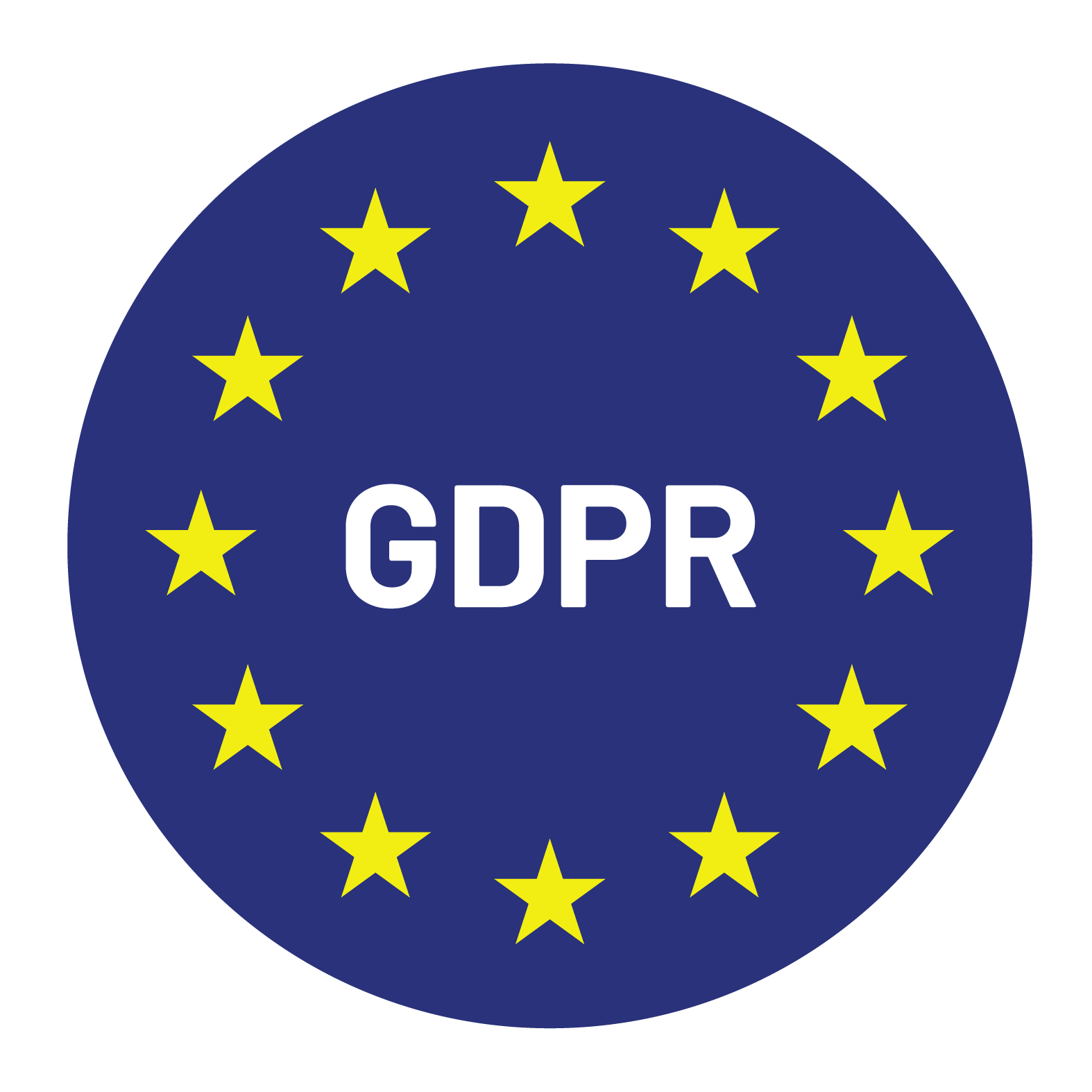

Content Writer for Whistle with multidisciplinary experience spanning over a decade.
Southeast Asia is projected to become the world’s fourth-largest economy by 2030, driven by a young population, rapid urbanization, and an increasing appetite for digital services. For B2B companies, the region offers serious commercial potential but also serious complexity.
Market access here isn’t about choosing a country and launching a campaign. Each nation has its own business etiquette, regulatory quirks, and buyer expectations. A one-size-fits-all outreach strategy won’t get far.
Many global companies try to scale quickly by applying Western sales models with minor adjustments. They localize content, but not context. Translate messaging, but not mindset. The result? SDR outreach that feels unfamiliar, even irrelevant, to the people it’s meant to engage.
There’s a better approach, one that reflects how Southeast Asian buyers operate, how trust is earned, and how opportunity unfolds when outreach is done well. It starts with how you build and deploy your SDR team.
Southeast Asia isn’t a single market. It’s a collection of diverse economies, each with distinct regulatory, cultural, and commercial characteristics.
Singapore offers world-class infrastructure and a well-established business environment, often serving as a regional base for multinationals. Indonesia, the most populous country in the region, presents scale and digital-first buyers but requires careful navigation of language and compliance. Vietnam and the Philippines have fast-growing tech sectors and strong English proficiency. Thailand and Malaysia bring both local opportunity and access to broader regional trade networks.
Despite common threads, rising internet usage, mobile-first behaviors, and an expanding middle class, the business context varies significantly across countries. Regulations shift from one border to the next. Buyer expectations and communication styles are shaped by local values and traditions. Language isn’t just a translation issue. It reflects how people think, negotiate, and make purchasing decisions.
Approaching Southeast Asia with a single outreach strategy is inefficient at best, damaging at worst. The goal is not just to speak the local language, but to understand what buyers care about, how trust is built, and what makes your message resonate. That takes more than a well-written cold email. It takes the right SDR deployment model.
There’s no single best way to structure sales development across Southeast Asia. The right approach depends on your business goals, available resources, and where you expect the strongest traction. Below are five strategic models used by high-performing teams.
This model uses a central hub, often based in Singapore or a home market HQ, to develop sales strategy, manage training, and ensure consistent messaging. Local SDRs are then hired in target countries to handle outreach, prospect engagement, and market-specific adjustments.
It offers operational control while allowing for country-level customization. Teams benefit from centralized global sales planning and performance oversight, while still having boots on the ground who understand local buying behavior.
The challenge is coordination. Time zones, training consistency, and localized sales enablement all need attention. But when well-managed, the hub-and-spoke model balances efficiency with local depth.
For companies committed to deep regional growth, hiring in-country sales teams can offer a significant advantage. These SDRs know the market, speak the language, and understand how deals happen.
The benefit is clear: outreach feels local because it is local. Messaging can be tailored with confidence, and SDRs are more attuned to local buyer signals. Trust builds faster.
Of course, this model requires strong regional oversight, legal compliance, and potentially higher upfront investment. But for companies serious about brand presence in Southeast Asia, the credibility gained from having localized sales force is often worth it.
Not every business can build an in-country team in every market. One effective workaround is hiring remote SDRs who are native speakers or have deep cultural knowledge of the target market.
These remote global sales teams can operate from anywhere, reducing overhead while still enabling culturally fluent outreach. The best candidates combine language fluency with a clear grasp of how business is done in their region, from decision-making timelines to acceptable follow-up frequency.
This approach broadens your talent pool and lowers costs, but it requires a rigorous hiring and onboarding process. Fluency alone isn’t enough. Remote SDRs must be trained to understand your product, your positioning, and how to bring it to life in their region.
In many cases, a blended strategy makes the most sense. For example, a company might centralize SDR activity for smaller SEA markets while placing in-country reps in higher-potential ones like Indonesia or Vietnam.
This hybrid sales team structure allows flexibility based on budget, opportunity size, and the complexity of each market. You can centralize what works and localize what needs precision.
It’s not just about cost optimization. The best hybrid models treat localization as a deliberate choice, not an afterthought. They use data to decide where to go deep and where to stay lean , and they revisit that mix regularly as results come in.
For some companies, the fastest way to gain traction in Southeast Asia is through local partners. Working with established resellers or channel partners can accelerate market access by tapping into existing relationships, infrastructure, and credibility.
These partnerships are especially useful for initial outreach and lead generation, particularly in countries where regulatory hurdles or relationship-based selling dominate.
That said, managing channel partnerships in Southeast Asia requires clear incentives, regular communication, and a shared understanding of goals. If you outsource the work, don’t outsource the accountability.
Whistle has supported companies across all five of these models, adapting SDR strategy to fit market realities. The structure matters, but what matters more is whether your sales outreach speaks to the people you’re trying to reach, in tone, timing, and substance.
Outreach that works in San Francisco doesn’t always work in Jakarta. Language is only part of the issue. The deeper challenge is cultural relevance.
That means adapting your messaging, not just translating it. It also means changing your tone, your proof points, and your value proposition to match what local buyers care about.
In Thailand, formality and politeness carry weight. In the Philippines, relationships often matter more than pricing. In Vietnam, speed and responsiveness might determine whether a deal moves forward. These are not minor adjustments. They shape how SDRs approach prospects, how they follow up, and how they earn a second conversation.
Templates built for Western audiences often miss the mark here. They either feel out of touch or too generic. Localization needs to happen at the SDR level, not just in marketing. Every touchpoint, from the first email to the first meeting, is a chance to show respect, fluency, and relevance.
Success in Southeast Asia isn’t just about volume. It’s about quality and learning from the data.
Track lead conversion rates by country, not just overall. Monitor which messaging variations generate replies. Measure the cost per acquisition in each market. These insights allow you to adapt quickly, reallocate resources, and avoid wasting budget on outreach that doesn’t resonate.
Testing matters, but only if you act on what you learn. Use A/B testing to refine subject lines, value propositions, and call-to-action formats. Small changes often signal bigger cultural preferences.
Southeast Asia holds real potential for companies willing to approach it with care, fluency, and precision. It’s not enough to show up. You need to show that you understand how business works here, and that starts with how your SDRs engage.
There’s no universal playbook for this region. But the companies that take a strategic, informed approach to SDR deployment consistently perform better and stay in the market longer. They’re not guessing what local buyers want. They’re learning and adjusting every day.
Southeast Asia rewards thoughtful outreach and sales teams that know how to adapt. At Whistle, we’ve helped companies build scalable SDR strategies tailored to the region’s complexity, whether through local hires, remote teams, or flexible hybrid models.
If you’re planning your next move in Southeast Asia, let’s talk. There’s a smarter way to grow.


© Copyright – Whistle 2023